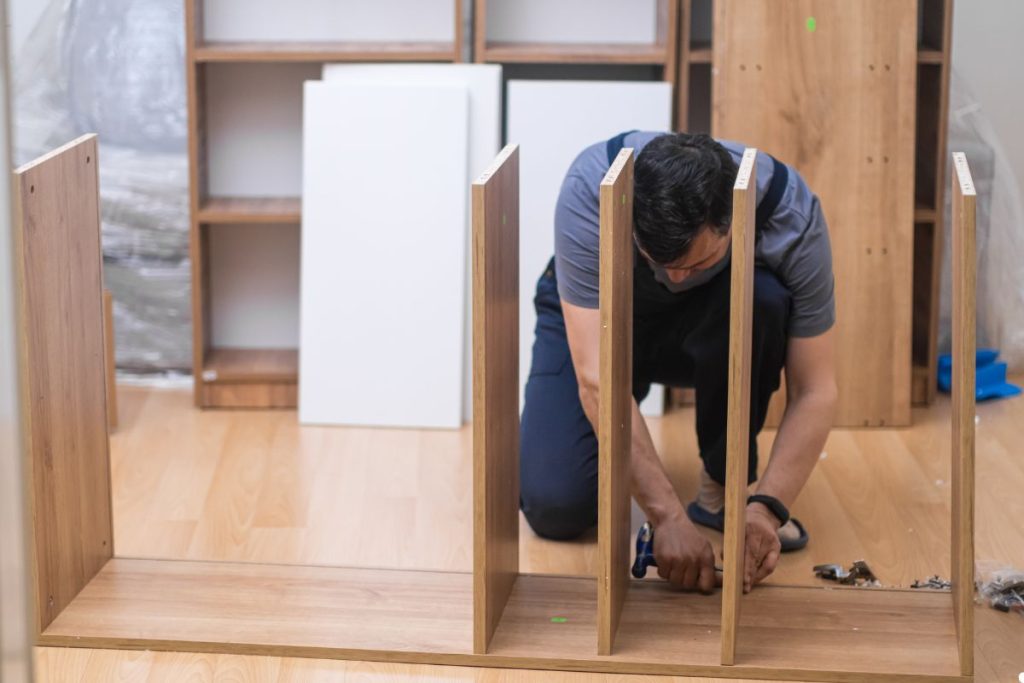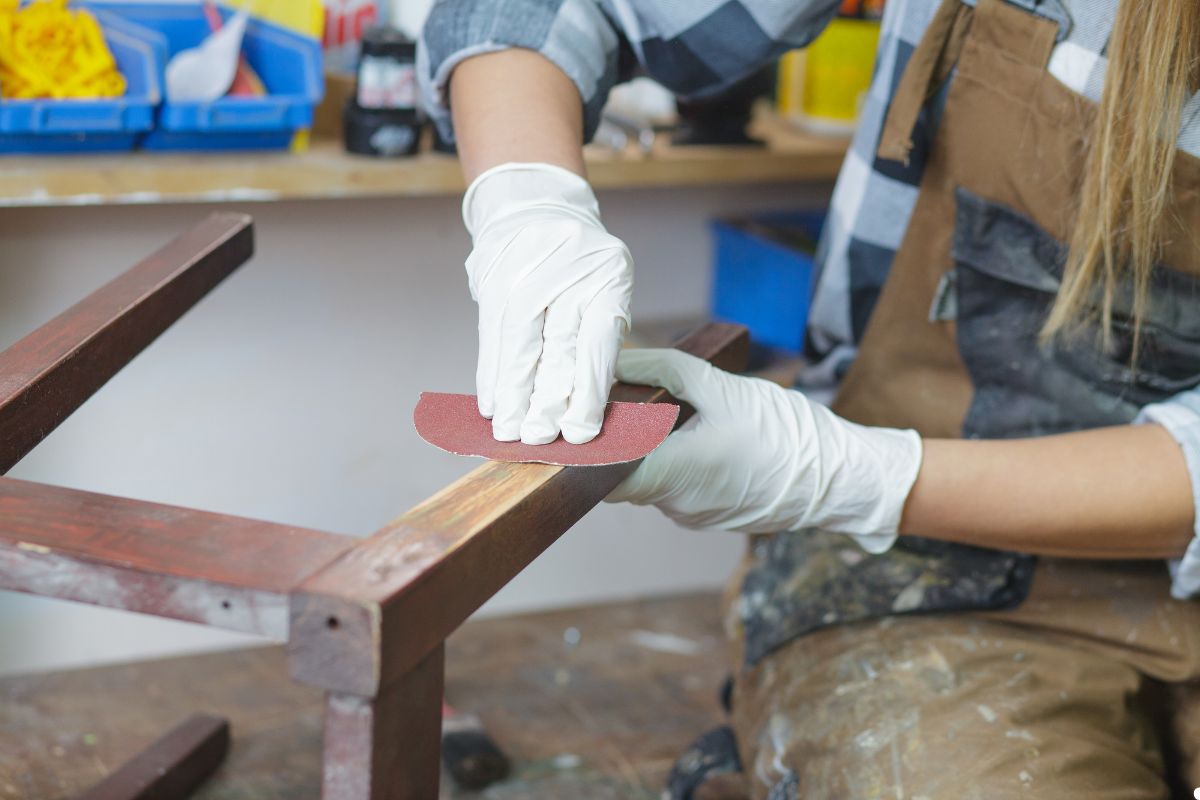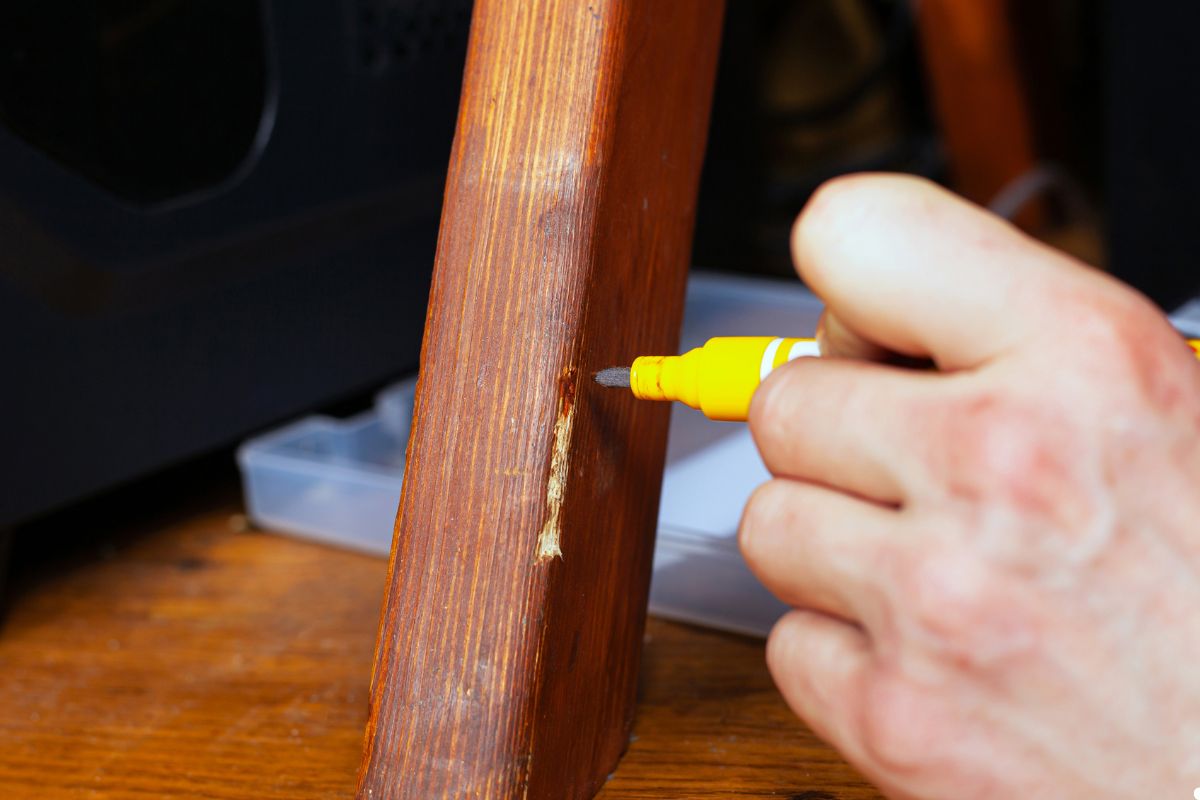
Restoration furniture is the art and science of bringing old or damaged furniture back to its former glory. It involves carefully assessing, repairing, and refinishing pieces to preserve their history and beauty while making them functional and stylish for modern homes. In this guide, we’ll delve into the techniques, tools, and considerations involved in furniture restoration, providing you with everything you need to know to embark on your own restoration journey. Call us today to bring new life to your cherished furniture!
What is Restoration Furniture?
Restoration furniture is more than just fixing up old items; it’s about preserving history and craftsmanship. It’s the process of carefully repairing and refinishing antique or vintage pieces to bring them back to their original condition or to give them a refreshed look while respecting their inherent character. This can range from simple cleaning and polishing to complete structural repairs and reupholstering. The process of furniture repair involves careful refinishing, structural fixes, and upholstery restoration. The appeal lies in the unique charm and story each piece carries, offering a sustainable and personalized alternative to mass-produced furniture.

Understanding the Fundamentals
Before you dive into the restoration process, it’s crucial to understand the fundamentals. This includes identifying furniture styles and periods, recognizing different wood types, spotting common damage, and assessing the structural integrity of the piece.
Identifying Furniture Styles and Periods
Knowing the style and period of your furniture is key to restoring it authentically. Different eras have distinct design characteristics, construction methods, and materials. Researching the piece’s history will guide your restoration efforts. For instance, a Victorian-era piece will require different techniques and finishes than a mid-century modern item.
Identifying Wood Types
Understanding the type of wood is crucial for choosing the right repair materials and finishes. Common wood types include oak, pine, maple, walnut, and mahogany, each with unique grain patterns, hardness, and staining properties.
Recognizing Common Damage
Common types of damage include scratches, dents, water stains, loose joints, veneer damage, and insect infestations. Identifying the type and extent of the damage is the first step in determining the appropriate repair methods.
Evaluating Structural Integrity
Check for loose joints, wobbly legs, and weakened frames. Structural repairs are essential before addressing cosmetic issues to ensure the furniture’s long-term stability and functionality.
Tools and Materials
Having the right tools and materials is essential for successful furniture restoration.
Essential Tools for Furniture Restoration
- Safety Gear: Includes gloves, masks, and eye protection.
- Stripping Tools: Chemical strippers, scrapers, and brushes.
- Sanding Tools: Sandpaper in various grits, sanding blocks, and power sanders.
- Repair Tools: Wood glue, clamps, chisels, and saws.
- Finishing Tools: Brushes, rags, spray equipment, and polishing cloths.
Choosing the Right Restoration Materials
- Strippers and Cleaners: Choose appropriate strippers for removing old finishes without damaging the wood.
- Wood Fillers and Putties: Used to fill cracks, dents, and holes. Select a filler that matches the wood type and accepts stain well.
- Adhesives and Glues: High-quality wood glue is essential for repairing loose joints and structural damage.
- Stains and Finishes: Select stains and finishes that complement the wood type and the desired aesthetic. Options include varnish, lacquer, shellac, and oil-based finishes.
The Restoration Process
The restoration process involves several key steps, from preparing the furniture to applying the final finish.
Preparing the Furniture for Restoration
- Cleaning and Stripping: Remove dirt, grime, and old finishes to reveal the bare wood.
- Removing Old Finishes: Use chemical strippers or heat guns to carefully remove old paint, varnish, or lacquer.
- Surface Preparation: Sand the surface smooth and even, removing any remaining residue and preparing it for repairs.
Repairing Structural Damage
- Repairing Loose Joints: Disassemble loose joints, clean the old glue, apply fresh glue, and clamp until dry.
- Fixing Cracks and Splits: Use wood glue and clamps to repair cracks and splits. For larger cracks, consider inserting wood splints for added strength.
- Replacing Missing Pieces: If pieces are missing, consider crafting replacements from similar wood, or having them professionally replicated.
Refinishing and Protecting the Wood
- Sanding Techniques: Sand the wood to a smooth finish, starting with coarser grits and gradually moving to finer grits.
- Applying Stains and Finishes: Apply stain evenly, following the wood grain. Allow it to dry completely before applying a protective finish.
- Protecting the Surface: Apply several coats of varnish, lacquer, or shellac to protect the wood from moisture, scratches, and wear.
Advanced Techniques
For more complex restoration projects, consider these advanced techniques.
Upholstery Restoration Basics
- Removing Old Fabric: Carefully remove the antique furniture, taking note of how fabric was attached.
- Replacing Padding and Springs: Replace worn-out padding and springs for comfort and support.
- Applying New Fabric: Attach the new fabric, ensuring a tight and even fit.
Working with Veneer
- Repairing Damaged Veneer: Use veneer softener and adhesive to reattach loose or bubbling veneer.
- Applying New Veneer: Cut and apply new veneer to damaged areas, using a veneer hammer or press to ensure a strong bond.

Finding and Acquiring Furniture
Finding the right piece is part of the fun!
Where to Find Furniture for Restoration
- Estate Sales and Auctions: Great places to find antique and vintage furniture at reasonable prices.
- Antique Stores: Offer a curated selection of furniture, but prices may be higher. While our prices reflect the craftsmanship involved, each piece has been meticulously restored through professional antique furniture repair.
- Flea Markets and Thrift Stores: Can yield hidden treasures at bargain prices.
- Online Marketplaces: Provide a wide selection of furniture from various sellers.
Assessing Furniture Before You Buy
- Identifying Potential Problems: Check for structural damage, insect infestations, and wood rot.
- Negotiating Prices: Be prepared to negotiate based on the condition of the furniture and the cost of repairs.
- Transporting Furniture Safely: Use appropriate padding and straps to protect the furniture during transport.
The Rewards of Restoring Furniture
Restoring furniture is a rewarding experience that allows you to connect with the past, express your creativity, and create unique pieces for your home. It’s a sustainable practice that reduces waste and gives new life to old items. Revive your furniture and bring new life to your space with our expert restoration services. Contact us today to get started on your next project!
FAQ
How do I clean antique wood furniture?
Use a soft cloth and a mild soap solution or specialized antique furniture cleaner. Avoid harsh chemicals or abrasive cleaners that can damage the finish. Always test in an inconspicuous area first.
What are the best finishes for restoration furniture?
The best finishes depend on the style and period of the furniture, as well as your personal preferences. Common options include varnish, lacquer, shellac, and oil-based finishes. Consider the durability, appearance, and ease of application when making your choice.
Can I restore furniture with severe damage?
Yes, furniture with severe damage can often be restored, but it may require more extensive repairs and specialized techniques. It’s important to assess the extent of the damage and determine if the piece is worth the time and effort involved. Consider consulting with a professional restorer for guidance. Call us today for expert restoration services!
